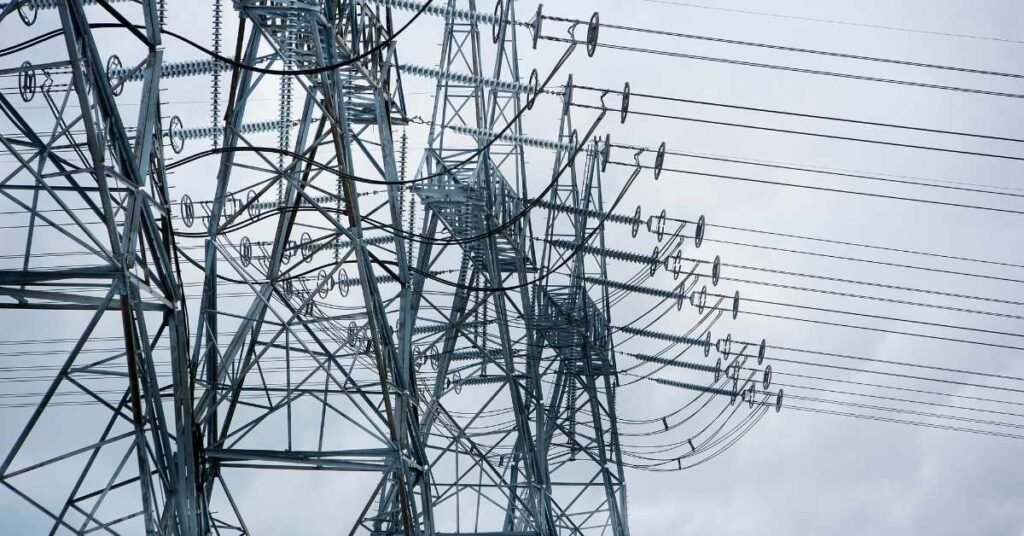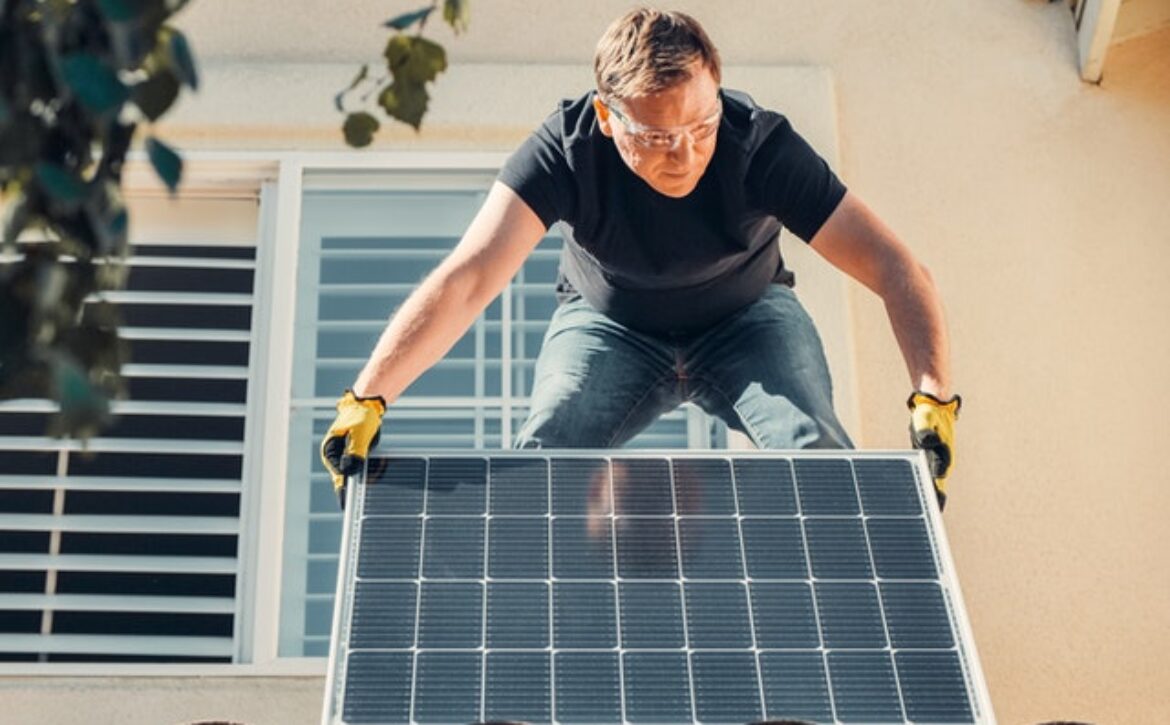A Bright Future: How Local Sustainable Power Plants are Improving the Quality of Life for Underserved Communities in the US
An underserved community is a community that lacks access to sufficient resources or services, particularly in comparison to more affluent or privileged communities. These resources and services may include things like healthcare, education, transportation, and even basic infrastructure, among others.
Underserved communities may face a variety of challenges and disadvantages due to their lack of access to resources and services. These communities may have higher rates of poverty, unemployment, and crime, and may have lower levels of education and health outcomes compared to more privileged communities. As a result, addressing the needs of underserved communities and working to improve their access to resources and services is an important issue for policymakers and community advocates.
There are a few reasons why underserved communities in the United States may have been facing power problems for years now. One reason is that these communities may be located in areas with aging or inadequate power infrastructure, which can make them more vulnerable to outages. Additionally, underserved communities may have fewer financial resources to invest in upgrading or maintaining their power infrastructure, which can also contribute to power disruptions.
Another reason that underserved communities may have struggled with power issues for an extended period of time is that they may be more prone to extreme weather events, which can damage power infrastructure and cause outages. There may be systemic issues, such as a lack of investment in infrastructure or a lack of political will to address these problems, that have contributed to the persistent power issues faced by underserved communities.
Microgrids can be a useful solution for underserved communities because they can provide a reliable and resilient source of power. Microgrids are grids that can operate independently or in conjunction with the larger grid. They can be powered by a variety of sources, including renewable energy sources like solar and wind, and can be used to serve a single building or an entire community.
Reliable and resilient source of power:
One advantage of microgrids is that they can operate in “island mode,” meaning they can disconnect from the larger grid and continue to provide power to the community in the event of an outage. This can be especially important for underserved communities, which may be more vulnerable to outages due to aging or inadequate infrastructure. Additionally, microgrids can help reduce reliance on fossil fuels and lower carbon emissions, which can be beneficial for both the environment and public health.
Local sustainable power plants have the capability to generate electricity from clean, renewable energy sources such as solar, wind, and hydroelectric power. These systems are designed to meet the energy needs of a specific community and are often owned and operated locally. In recent years, local sustainable power plants have gained popularity as a means of providing reliable and clean energy to communities around the world.
Improve the quality of life:
One of the key benefits of local sustainable power plants is that they can improve the quality of life for communities in a number of ways. For one, they can provide a reliable source of electricity, which is essential for powering homes, businesses, and critical infrastructures such as hospitals and schools. This can have a major impact on the daily lives of people living in the community, improving their access to education, healthcare, and other services.
Furthermore, local sustainable power plants can reduce a community’s reliance on fossil fuels, which are a major contributor to climate change. By generating electricity from clean, renewable energy sources, these systems can help to reduce carbon emissions and improve air quality, which can have a positive impact on public health.
Cost-effective:
In addition to these benefits, local sustainable power plants can also be more cost effective than traditional grid-based energy systems. Because they are decentralized and locally owned and operated, they can reduce the need for expensive transmission and distribution infrastructure, leading to lower energy costs for consumers.
Local jobs creation:
Local power plants, such as microgrids, can create jobs in underserved communities in a number of ways. First and foremost, the construction and installation of the power plant itself can create jobs for local workers. Additionally, once the power plant is up and running, it will likely require ongoing maintenance and operation, which can create additional job opportunities.
In addition to directly creating jobs, local power plants can also stimulate economic development in underserved communities by providing a reliable source of electricity. This can attract businesses and entrepreneurs to the area, which can create additional job opportunities. Additionally, access to reliable electricity can improve the quality of life for residents, which can make the community a more attractive place to live and work.
Overall, local sustainable power plants have the potential to significantly improve the quality of life for communities by providing reliable, cost-effective, and clean energy. As the adoption of renewable energy continues to grow, it is likely that these systems will play an increasingly important role in meeting the energy needs of communities around the world.







